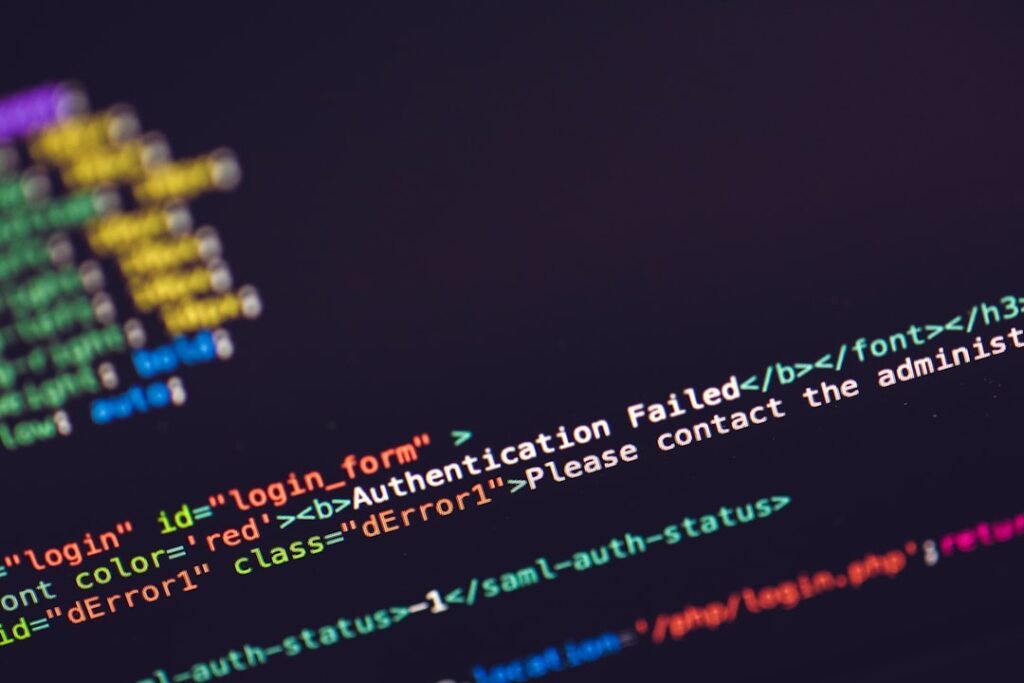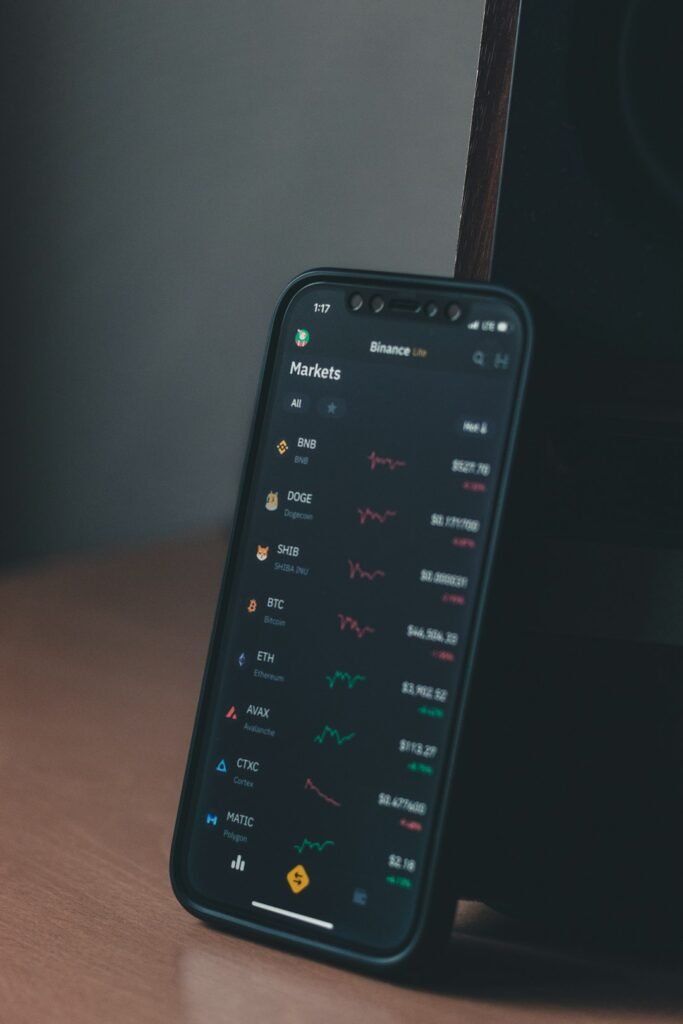A significant increase in mobile trading applications combining decentralized finance (DeFi) capabilities has emerged in recent months, with the majority built on Hyperliquid’s infrastructure. This analysis examines the current market landscape and key trends driving this consumer-facing vertical. **Key Developments:** Traditional retail investment has undergone complete mobile transformation with zero-commission platforms and optimized user experiences. This trend is now extending to cryptocurrency markets, where retail users demand fast, familiar, low-friction mobile-native trading experiences. Hyperliquid’s technology stack—comprising HyperEVM, CoreWriter, and builder code—has substantially lowered mobile frontend development barriers while maintaining centralized exchange-level execution efficiency alongside DEX advantages including self-custody, rapid token listing, and reduced jurisdictional restrictions. **Leading Applications:** A new wave of native mobile applications has emerged on Hyperliquid, including BasedApp, Mass.Money, Dexari, and Supercexy. These platforms collectively generate approximately $50,000 in daily trading volume, representing $1.5 million in monthly recurring revenue and accounting for 3-6% of Hyperliquid’s perpetual contract trading volume. Each application targets distinct user segments ranging from crypto-native users to Web2 retail investors and professional traders. **Market Drivers:** Current market conditions characterized by hyperspeculation and creator-driven content cycles have elevated retail risk tolerance. Mobile applications compress user onboarding time, simplify cryptographic complexity, and incorporate sticky features including copy trading, fiat on-ramps, card payments, money markets, and yield-generating tools. **Core Thesis:** Crypto mobile trading fronts benefit from strong tailwinds from Web2 mass adoption and retail behavior patterns. For cryptocurrency markets to achieve scale and volume growth, they require more crypto-native mobile applications targeting mainstream Web2 consumers. This sector demonstrates genuinely sustainable revenue scaling characteristics with minimal marginal expansion costs compared to traditional Web3 business models. **Background Context:** Retail participation in traditional investing has experienced substantial growth over the past decade, accelerating during the 2020 pandemic with lockdown measures, stimulus distributions, and enhanced mobile experiences bringing millions of new participants to markets. By 2022, Federal Reserve data indicated 58% of U.S. households held stocks either directly or indirectly, with direct ownership jumping from 15% to 21%—the largest increase recorded. Retail trading now constitutes 20-30% of U.S. equity trading volume, significantly above pre-pandemic levels. This pattern extends globally, with Indian investment accounts surging from tens of millions pre-pandemic to over 200 million by 2025. The convergence of zero-commission pricing, mobile accessibility, and ETF proliferation has established consumer investment applications as structural market forces. **Mobile Trading Application Appeal:** The global investment app market is projected to reach approximately $254.9 billion by 2033, growing at a 19.1% compound annual rate. Their popularity stems from social drivers and application characteristics: Social dynamics are dominated by dopamine cycles, gamification mechanisms, and hyperspeculative behavior. Creator economies and short-form video platforms have reshaped user behavior patterns toward immediate gratification, which mobile trading applications perfectly accommodate. Application features have optimized multiple dimensions: onboarding processes compressed from days to near-instant completion, integrated interfaces managing complete investment workflows, friction reduction through fractional shares and automated investing, and post-trade functionalities including performance analytics and tax reporting. **Cryptocurrency Industry Impact:** The mobile-first application trend has extended from traditional finance and Web2 markets into Web3. Cryptocurrency wallet application usage has surged over the past five years, demonstrating market demand for mobile-native crypto products. With trading and yield generation inherent to cryptocurrency, perpetual contracts and DeFi represent the initial domains undergoing mobile transformation. Hyperliquid’s emergence since late 2024, coupled with its modular high-performance trading infrastructure, has prompted numerous mobile perpetual contract DEX trading and DeFi frontend products to build on its infrastructure. **Hyperliquid’s Developer Appeal:** From a developer perspective, HyperEVM infrastructure offers compelling tools. CoreWriter and precompiled contracts enable HyperEVM smart contracts to interact directly with HyperCore perpetual contract positions, facilitating unique use cases and near-instant execution. Builder code provides clear incentive layers, allowing developers to earn fee shares when users trade through their frontends. These characteristics not only lower development barriers but position HyperEVM as one of the most developer-aligned platforms, attracting top-tier teams and talent. **DEX Structural Advantages:** Traders are drawn to DEX structural benefits: broader access through eliminated KYC and jurisdictional restrictions, faster token listings with richer selection, and self-custody of assets. While CEXs previously attracted retail users by reducing market participation complexity through mature web applications offering multiple markets, instant execution, low slippage, and high liquidity—users accepted significant counterparty risk and surrendered self-custody rights. Hyperliquid successfully merges these elements, offering a chain-based decentralized exchange that maintains DEX structural advantages while delivering CEX-level liquidity, execution efficiency, and overall user experience. Consequently, it represents the ideal liquidity foundation for building mobile crypto trading applications. **Mobile Wallet Trading Connection:** Thanks to this modular high-performance architecture’s availability, mobile trading frontend development costs have become minimal—explaining the market proliferation of related applications. While most mobile trading frontends offer similar perpetual contract trading core functionality, some applications are expanding beyond perpetuals to provide additional auxiliary products. Common features include: – Fiat on-ramps supporting credit/debit cards, bank transfers, Apple Pay, Google Pay, and Venmo – Investment strategy tools including recurring investment plans, take-profit/stop-loss functions, and early access to new tokens – Money market integration with DeFi lending protocols – Yield generation through auto-compounding vaults – Dapp explorers for discovering and connecting to emerging decentralized applications – Debit/credit card services enabling direct spending from self-custodied funds These capabilities are enabled because Hyperliquid infrastructure significantly simplifies perpetual contract main product development, allowing teams to focus on derivative domain innovation. Due to the ecosystem’s modular nature, most HL-based projects can easily pursue parallel multi-domain development. **Leading Applications Detailed:** BasedApp currently represents the market’s most prominent and rapidly growing mobile trading frontend. Beyond perpetual and spot trading, the platform innovatively offers debit/credit card solutions directly connected to user trading wallets, supporting everyday payment scenarios. Its long-term vision involves transformation into an emerging digital bank similar to Etherfi. Mass.Money closely follows in mobile trading frontend competition. Unlike BasedApp, this platform focuses more intently on Web2 retail users, reflected throughout product design: beyond standard HL perpetual and spot trading, it integrates Apple Pay on-ramps, social copy trading, DeFi money market access, and cross-chain EVM spot swapping as full-service offerings. Its interface deeply incorporates gamification elements, heavily borrowing Web2 consumer application design language. Dexari prioritizes professional traders through a pure trading focus. Consequently, its main product features include HL perpetual and spot trading, with user experience and interface design emphasizing asset discovery functions, analytical tools, and execution efficiency. The platform aims to become the Axiom equivalent for mobile trading frontends. Supercexy pursues a hybrid approach rather than pure mobile frontend, simultaneously optimizing web-based perpetual contract DEX trading experience to deliver CEX-like usability while building entirely on Hyperliquid infrastructure. Its product suite integrates DeFi staking functionality and money market access, primarily serving Web3 native traders. **Market Overview:** Collectively, all relevant mobile trading frontends (including some unmentioned applications) generate approximately $50,000 in daily combined average revenue, equivalent to roughly $1.5 million in monthly recurring revenue. These applications constitute approximately 3%-6% of Hyperliquid’s total perpetual contract trading volume. For reference, Hyperliquid’s HLP vault represents about 5% of volume. **Conclusion:** Cryptocurrency mobile trading fronts benefit from powerful Web2 demographic and retail behavior tailwinds. Societal hyperspeculation trends have fundamentally altered retail consumer behavior. As demonstrated by Polymarket and Kalshi growth, most users currently employ high-risk tolerance strategies. With market speculation demand at historical highs, mobile trading applications emerge as the most direct beneficiaries. Cryptocurrency markets require more crypto-native mobile applications targeting mainstream Web2 consumers to achieve scale and volume growth. Since 2023, markets have essentially seen no new retail capital inflows. Current total stablecoin market capitalization sits only about 25% above 2021 peaks—disappointing four-year growth for any industry, particularly amid favorable stablecoin regulation and presidential crypto support. Markets need solutions to attract fresh retail liquidity but haven’t yet addressed major new retail capital entry obstacles: public perception that crypto participation requires complex processes, and absence of truly accessible applications understanding Web2 user needs. Web2 retail users won’t employ complex wallets or transfer funds across multiple chains. They require products packaged in familiar formats resembling Robinhood or Wealthsimple accounts offering simple on-ramps and friendly experiences. Crypto mobile trading frontend applications represent the solution—they package products in TradFi formats familiar to Web2 users, fundamentally eliminating cryptographic complexity cognitive barriers and reducing participation hurdles. This represents the only effective pathway for cryptocurrency to achieve mainstream exposure beyond Web3 circles. Compared to Web3 business models, this sector demonstrates genuinely sustainable scaling revenue characteristics with minimal expansion costs. Cryptocurrency mobile trading fronts signal a new generation of Web3 market applications—a more sustainable and compliant development path. Unlike previous crypto products (whether infrastructure or DApps), most projects historically ignored scaling or revenue generation since these weren’t core incentives. Crypto mobile trading fronts adopt opposite strategies: leveraging existing infrastructure to optimize scale, achieving revenue generation first, and financing when necessary. By aggregating different products and implementing base fee structures, these fronts possess structural advantages enabling extremely low-cost multi-vertical integration while focusing on user experience interfaces to enhance user acquisition and retention. This combination means revenue generation from day one with exponential growth potential through continued operation. The ultimate result establishes a more sustainable actual business layer and value layer for Web3, replacing previous extractive models and bringing growing credibility to the entire Web3 industry.












